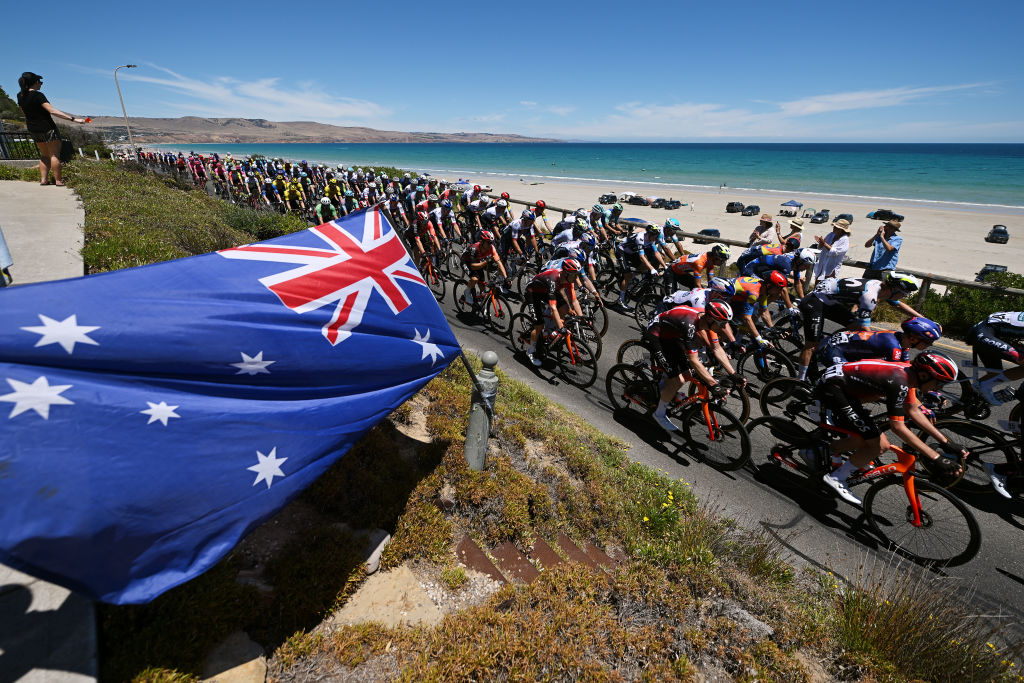Chris Froome diagnosed with additional sternum and vertebrae fractures
Team Ineos leader could face six weeks in hospital after time in intensive care
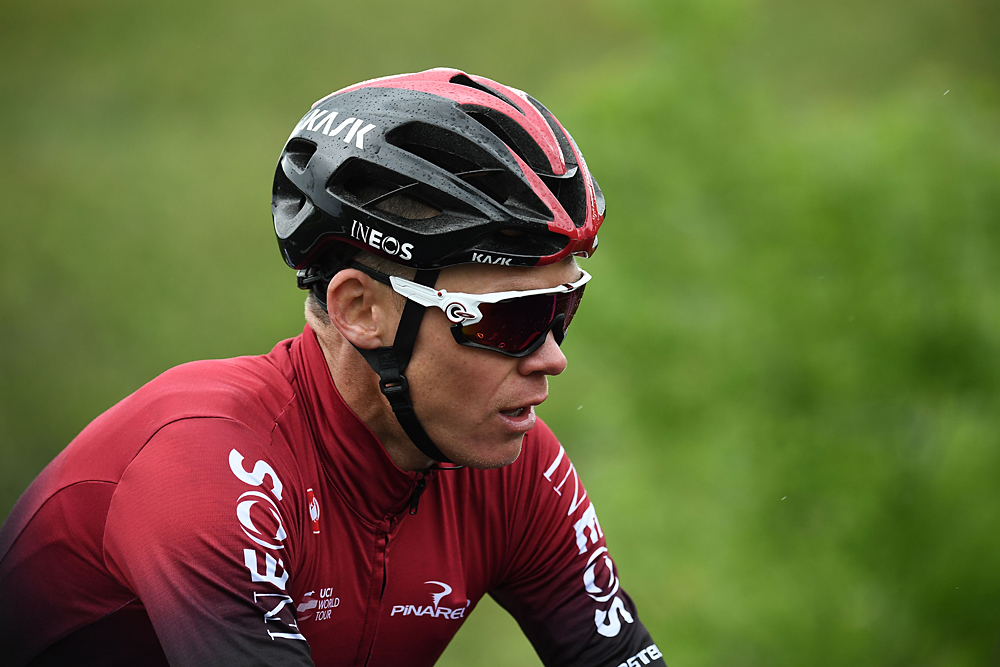
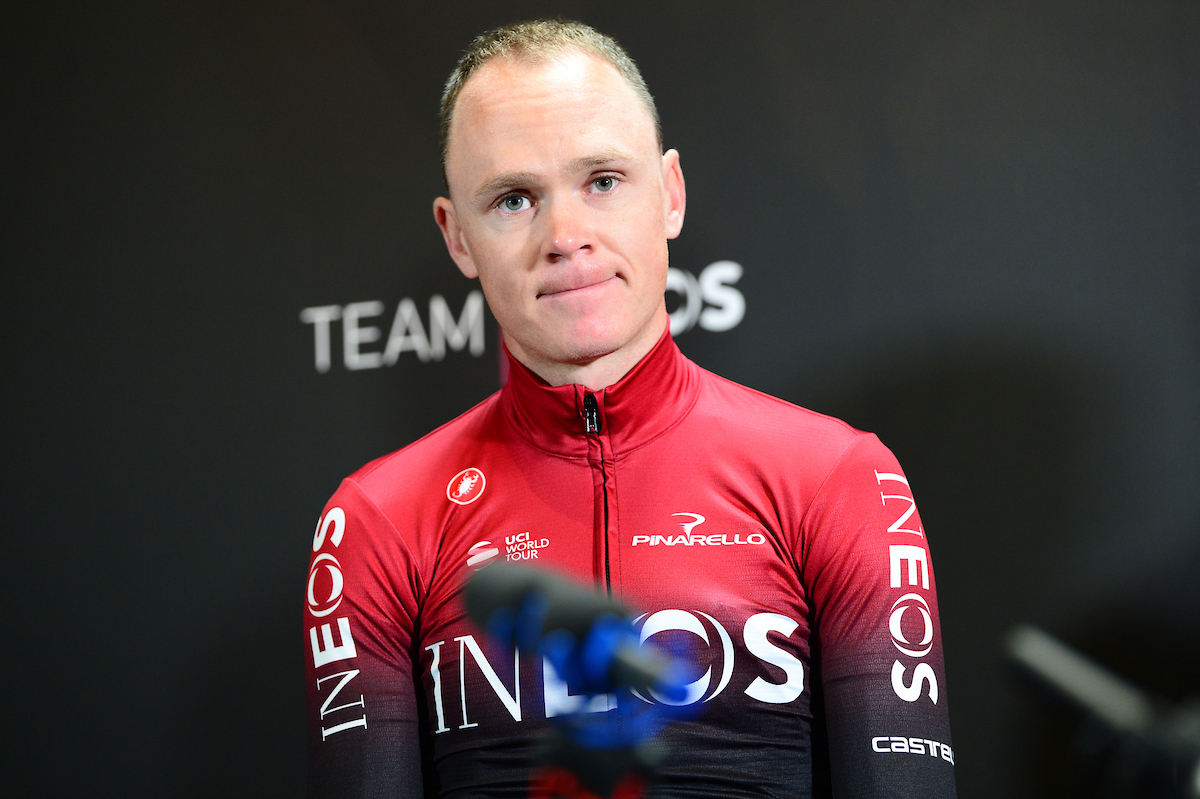
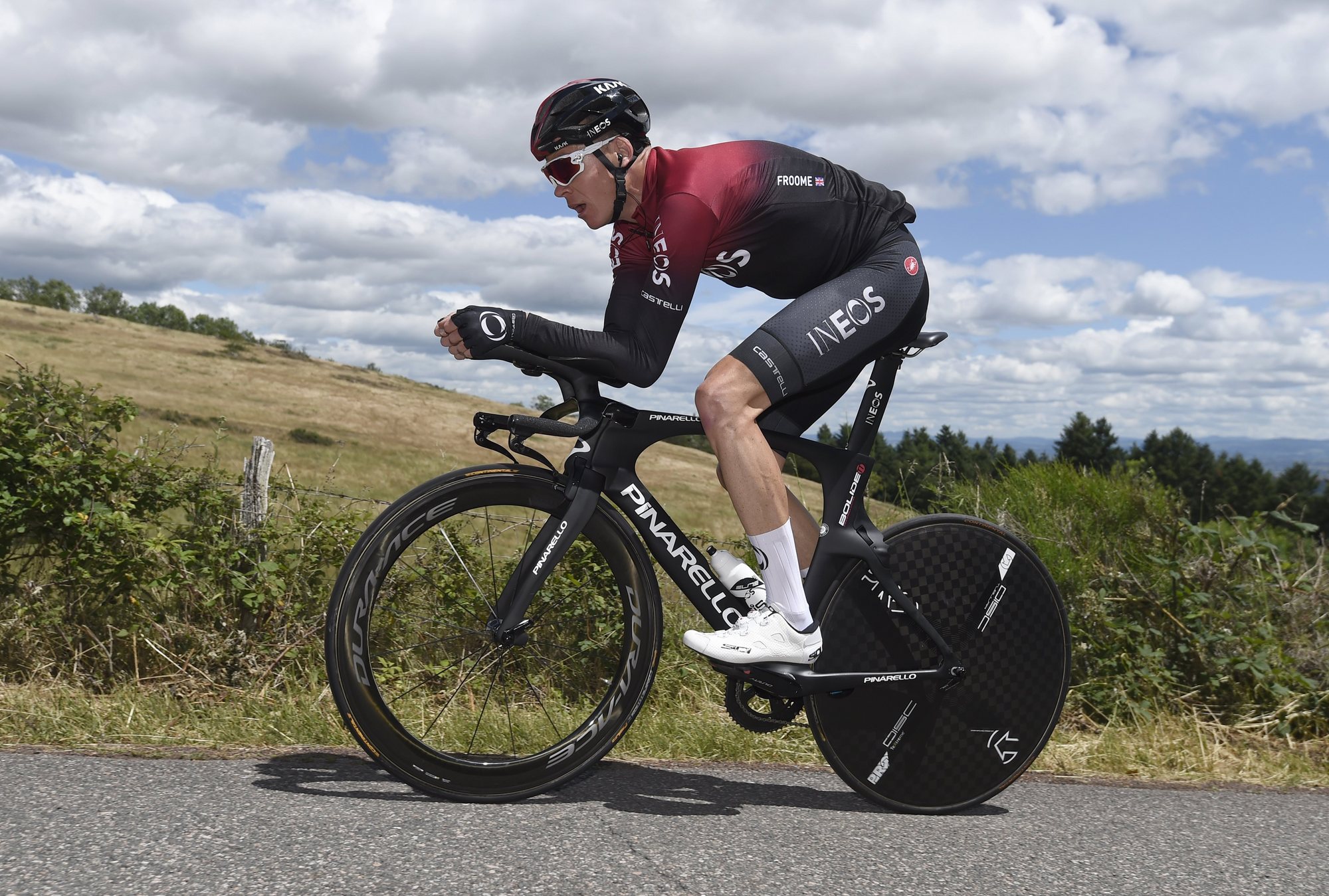
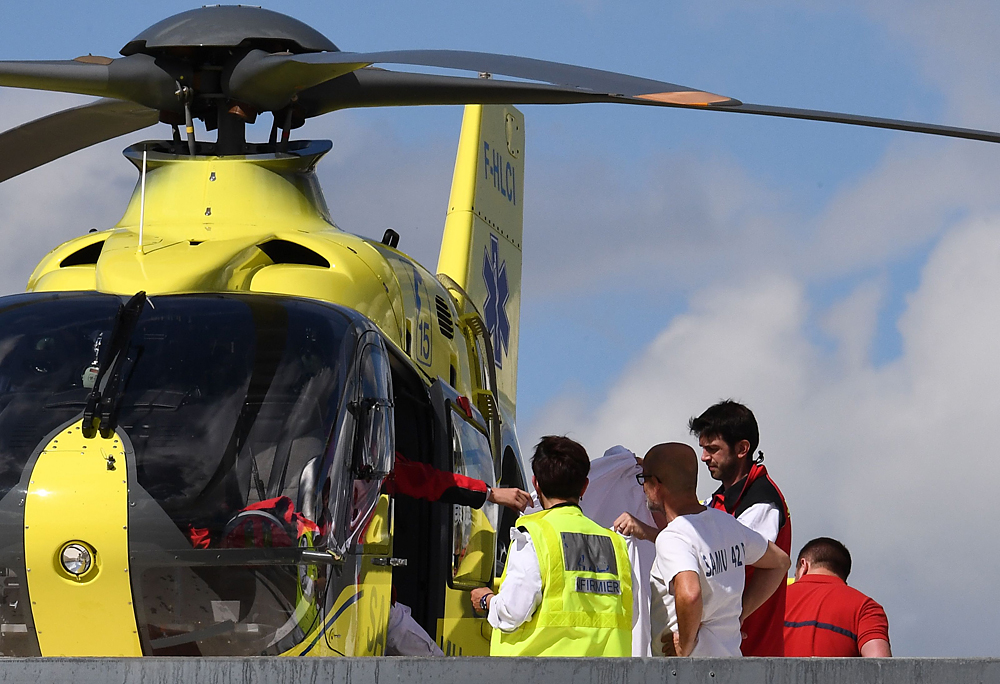
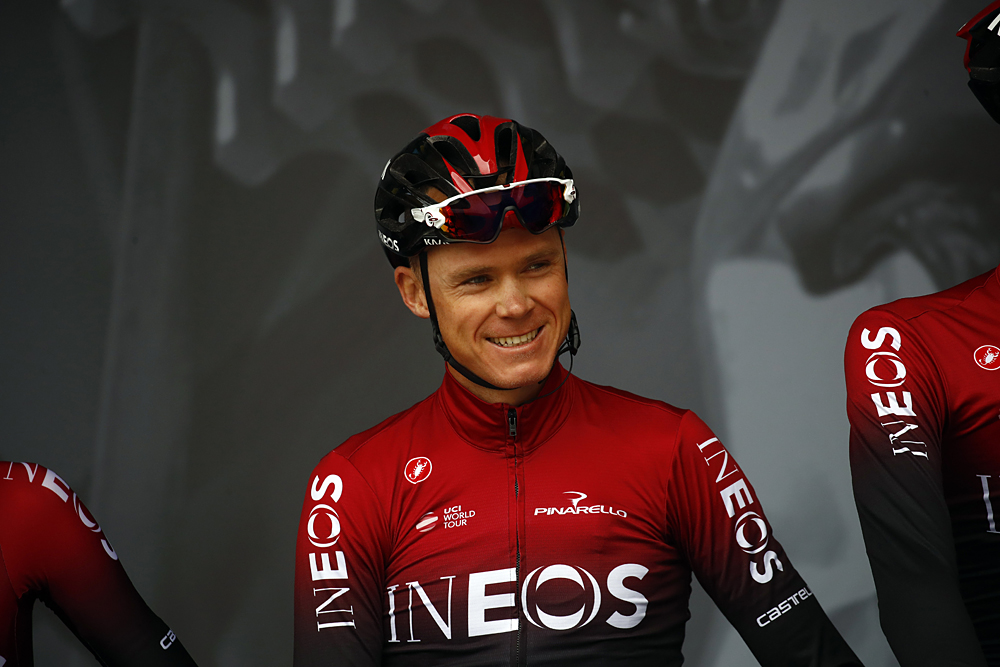
Chris Froome suffered fractures to his sternum and the C7 neck vertebrae, as well as his right femur, elbow and ribs, during his crash at the Critérium du Dauphiné, meaning he could be in hospital for up to six weeks and need six months to fully recover.
Philippa York: Losing Chris Froome changes the Tour de France for every team
Dan Martin: I'm still replaying Chris Froome's Dauphine crash in my head
Chris Froome latest, Brailsford's and Dan Martin's witness account - Dauphine Podcast
Chris Froome could come back stronger within six months, says surgeon
Team Inoes boss Dave Brailsford confirmed that Froome also suffered some 'internal damage’, with these injuries apparently worrying doctors more than the sternum and vertebrae fractures.
Giorgio Gresta, the surgeon who operated on Froome’s elbow, told La Gazzetta dello Sport that the four-time Tour de France winner lost close to two litres of blood but suggested that Froome can recover from all his injuries.
The crash was so shocking that Dan Martin told Cyclingnews that he feared Froome had died. Froome was placed in intensive care to help his recovery and is expected to stay there during the weekend.
"The intensive care? That was a precautionary measure due to the length of the surgery and considering that the patient had lost a lot of blood, more or less two litres," Gresta told La Gazzetta dello Sport.
"He's not facing any specific risk and its important he's calm and relaxed. He'll be transferred to the normal care unit as soon as possible. His recovery time depends on his desire to fight back but he seems very motivated. He could just need six months to be back stronger than before."
The femur fracture was reported to be complex and compound, requiring four hours of surgery on Wednesday night. A complex fracture usually includes damage to multiple bones, joints, ligaments, and tendons and requiring intensive treatment and rehabilitation, while an compound (open) fracture involves an open wound or break in the skin near the broken bone. The speed of treatment is vital in such cases, hence why Froome was treated immediately after his crash and then airlifted to Saint-Étienne for specialist surgery.
The latest race content, interviews, features, reviews and expert buying guides, direct to your inbox!
Froome was previewing the Critérium du Dauphiné time trial course in Roanne on Wednesday with teammate Wout Poels when he apparently took a hand off the bars to clear his nose on a 55km/h descent. A gust of wind took out his front wheel, according to Brailsford, with Froome hitting the side of a building.
ITV television footage has emerged from just before the crash, with Poels heard telling Froome: ‘You don’t have to take risks’ as he took both hands off his handlebars to put on a jacket.
Soon after Froome took a hand off his aero bars to blow his nose and a gust of wind caught his front wheel, sparking the crash. Fortunately an ambulance was close by. He was quickly stabilised and then assessed at hospital in Roanne before being airlifted to Saint-Étienne for surgery.
Team Ineos confirmed that Froome would "remain in hospital for the next few days for observation, but he is already actively engaging in discussing his rehabilitation options."
"He was optimistic despite his injuries not being simple. He seemed determined to ride again and return to racing," Gresta said.
Froome relayed a message through the British team, expressing thanks for the many messages of support he has received over the past 24 hours. He is expected to make a personal message of thanks in the days to come.
The Cyclingnews podcast is brought to you in association with Sportful, Pinarello and Floyds of Leadville. To subscribe to the Cyclingnews podcast, click here.

